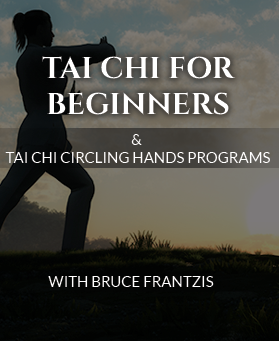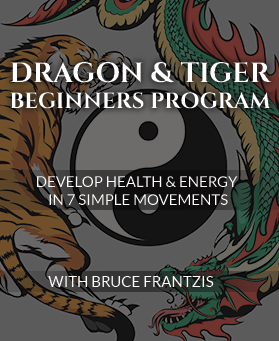When I studied with the late Hung I Hsiang, he was in his fifties. He spoke with a gravelly voice that sometimes conveyed a bit of gruffness, but in actuality, Hung was an intelligent, perceptive, well educated and articulate man. Watching him practice bagua zhang, his small-movement precision was incredible. The potential for misreading Hung based on interpretation of voice tone raises an important point about bagua practitioners. I have met many over the years who practice bagua for all sorts of animal, human and spiritual reasons. Some have been saints, some sinners.
Read more…







Reading through these remarks has deepened my appreciation for the breadth and depth of the Martial Arts traditions that inform Energy Arts. I feel most fortunate to be a student.
Thank you Bruce for sharing these great insights of great masters. Every martial art form in unique in its nature, having its own significance.
incredible journey through Eastern wisdom
may others see it the same way
I have only read one of your books. Its a great book
Hello ,
I practice qi qong in France where i am living .
I discover medical dragon and tiger qi qong with your book .
I will really be interested to meet a teacher in france .
Can you give me an address ?
Hi Serge,
Thanks for reaching out. You can find our instructors in France by searching on our Instructor search page:
https://www.energyarts.com/instructors-search/
Best,
-EA Team
Hi Bruce and EA team, I was hoping you could post a bit about Bruce’s time in India studying Kundalini Yoga. Also, would he recommend Shiv-Om Tirth’s book? I have a good daily Kundalini Yoga routine, but am trying to speed up my progress. Thanks for any help with this-